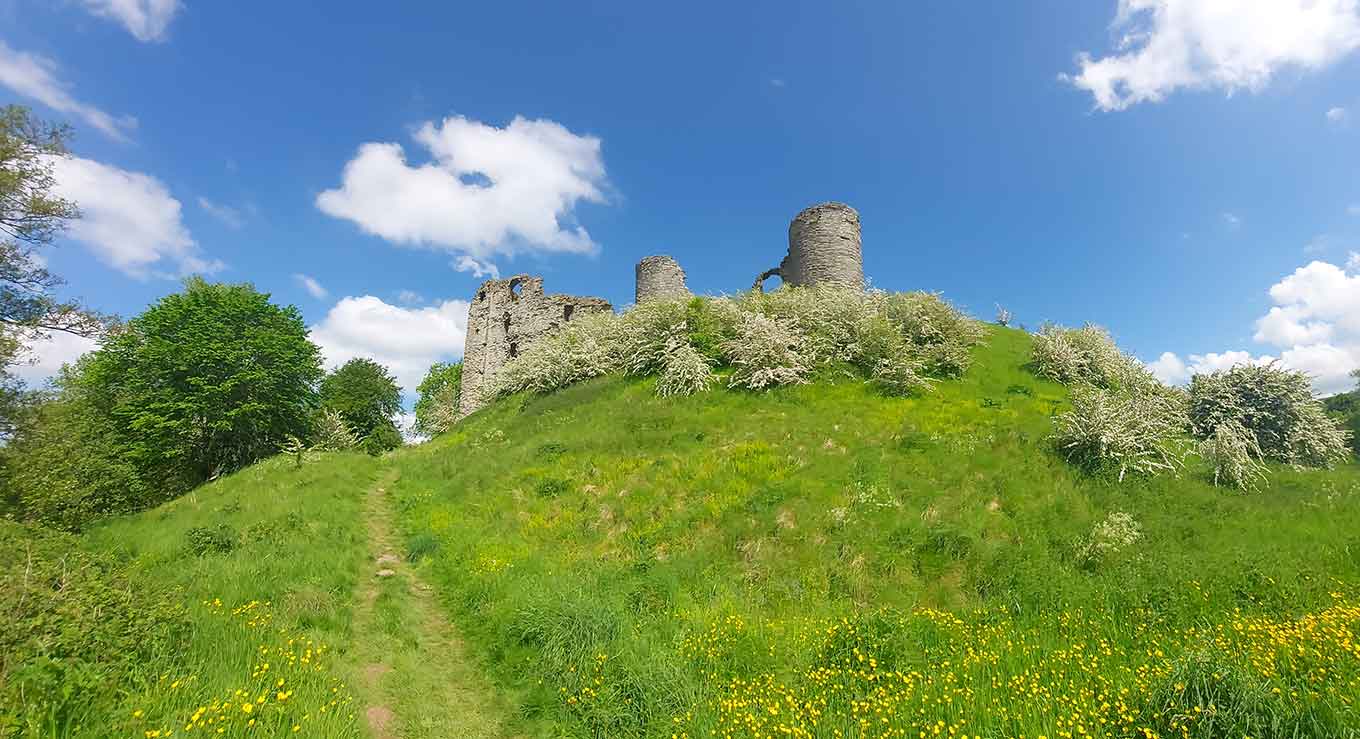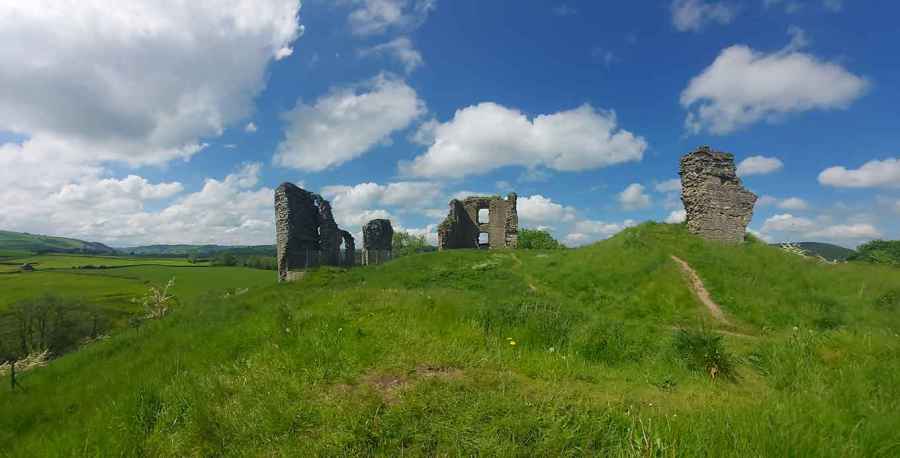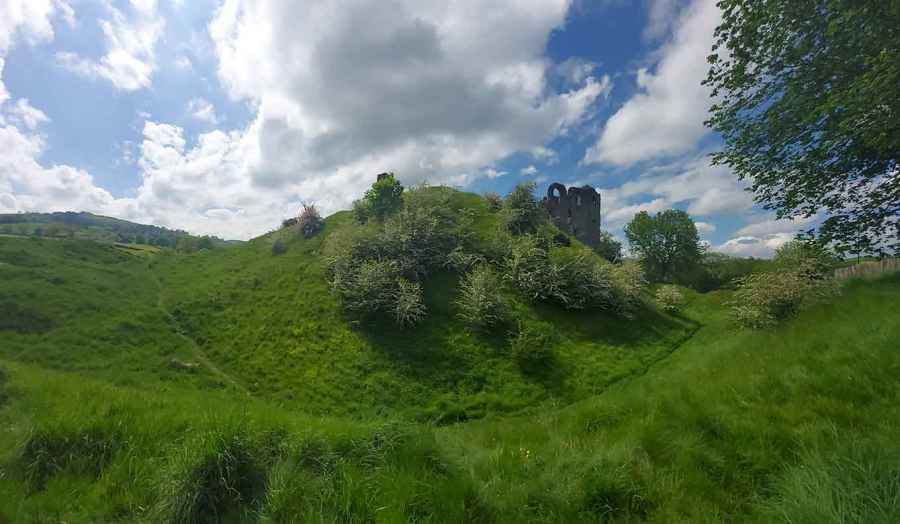
Clun Castle by Auto Locksmith
Clun Castle
Clun Castle was built in the years following the Norman Conquest by Picot de Say, a follower of William the Conqueror. Comprising a central mound and two baileys, its buildings were originally constructed of timber. In the 13th century the Fitzalan lords of the castle built the great tower, which survives today as a ruin, as well as expanding the defences of Clun town, founded a century earlier. From the 14th century the castle was used as a hunting lodge, though by the 16th century it was described as ruined.Display panels explain the history, and provide a guide to the castle.
Clun castle was built in the late 11th century to proclaim Norman dominance over this part of the Welsh Marches. It later became home to the Fitzalans, an important ruling family.
After the Norman Conquest in 1066, the border between Wales and England remained an unsettled area. William the Conqueror granted lands here to his followers to defend the border. These men became powerful marcher lords, ruling their lands independently of royal control.
One of them, Picot de Say, is thought to have built the castle, high on a natural spur guarding the Clun valley. In 1155, the castle passed by marriage of Isabella de Say to William Fitzalan, and was owned by the powerful Fitzalan family for the next 400 years.
Clun was at the centre of a vast lordship known as the honour of Clun, over which the Fitzalans exercised unlimited authority, administering a mixture of Welsh and English law.
Clun Castle is in Shropshire Hills AONB, a designated Area of Outstanding Natural Beauty.
Created: 10 June 2021 Edited: 29 November 2023


Clun Castle Information
Clun Castle Address
Newport St, Clun, Craven Arms
SY7 8JT
Website: http://www.english-heritage.org.uk/visit/places/clun-castle/
Get directionsClun Castle LiDAR Map
Contains public sector information licensed under the Open Government Licence v3.0
Local History around Clun Castle
There are some historic monuments around including:
Cnwclas Castle Bowl barrow on Hergan Hill, 530m north west of MyndtownOffa's Dyke: section 430m north east of Middle Knuck FarmRecumbent standing stone on Pen-y-wern Hill, 150m south east of a ring cairnCamp on Llanfair HillBowl barrow 390m south east of Stanley CottageSmall enclosed Iron Age or Romano-British settlement and adjacent cultivation remains, 450m north west of Cwm FarmOffa's Dyke: section 175m east of Cefn BronyddBicton motte and bailey castleBowl barrow 500m north of The Oak FarmOffa's Dyke: section 1600yds (1460m) long, N from St John the Baptist's Church to River UnkCaer Caradoc: a small multivallate hillfortRadnor Wood CampOffa's Dyke: section 475m north east of Nether SkyborryBicton DitchesBury Ditches, a small multivallate hillfort on the summit of SunnyhillOffa's Dyke: section 400m north and 170m east of Selley HallColstey Bank Iron Age enclosureMotte castle and associated settlement remains 150m NNW of Lower Down FarmBowl barrow 300m south of SkyborryOffa's Dyke: section 400m east of Cwm FarmOffa's Dyke: section 90m south of BrynorganOffa's Dyke: section 575m north west of MyndtownSmall enclosed settlement on Fron, 340m west of St John's ChurchMotte castle at Colebatch, 100m north of LagdenOffa's Dyke: section 730m south east of The Yew TreeSmall enclosed settlement in Knuck WoodOffa's Dyke: section on the western slope of Llanfair Hill, 1.4km south west of BurfieldOffa's Dyke: section 400m south west of Springhill FarmClun Castle: a motte and bailey castle and formal garden earthworksRing cairn on the summit of Pen-y-wern HillBowl barrow 610m south west of Springhill CottageRockhill EarthworkStanding stone 350yds (320m) SE of Whitcott KeysettOffa's Dyke: section 650m east of Cwm-sanahamBowl barrow on Acton Bank, 170m north of Acton HouseOffa's Dyke: section 890m north west and 320m west of Little Selley.



